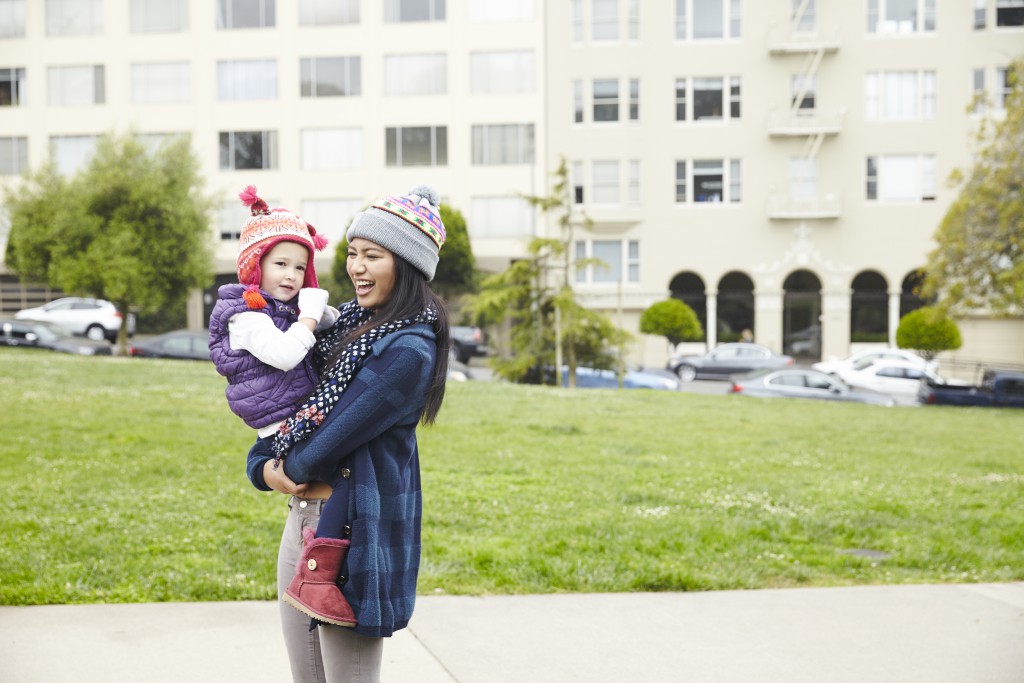Giving thanks and helping others isn’t just for Thanksgiving Day. You can incorporate simple, daily ways to instill and cultivate in your kids a sense of gratitude and a readiness to help others throughout the year. Before the holidays throw you into a frenzy, adopt these 5 everyday ways to practice thankfulness in your house.
1. Make “thank you” mandatory
Kids need constant reminders before a desired action or response becomes automatic. Continue to remind your children to always say thank you and explain to them that the response is expected whenever necessary. Similarly, make writing thank you notes a mandatory part of receiving a gift or a way to express appreciation to anyone who has gone out of their way for them. Little kids who can’t yet write can benefit from talking about what they like about a gift and why it was thoughtful, and can help you create a note by adding a personal drawing or even signing their name to it.
2. Model grateful behavior
Show your kids, each and every day, that you are grateful by making it a point to express your gratitude in simple statements, such as “Look what a beautiful day it is!” or “We are so fortunate to be together today,” or “That was so nice of your babysitter to take you to the park.” Also remember to always say thank you to the people you and your children encounter throughout your day, including the checkout clerk at the grocery store and the mailman who brings your mail, rain or shine.
3. Give to others
Routinely giving to others provides opportunities to talk to your children about the needs of others and to instill and nurture their compassion and sense of giving back to their community. Have the kids help with grocery shopping by having them choose a few canned items to donate to a Thanksgiving food drive or a food bank, or choose personal care items to donate to a shelter. Prepare for the holidays by cleaning out closets and encouraging your children to donate toys they no longer use or clothes they’ve outgrown, explaining that they can make a difference by sharing.
4. Volunteer as a family
Volunteering teaches social responsibility and helps children develop empathy and a belief that one person can make a difference. Research from the United Way shows that volunteering can benefit a child’s psychological, social and intellectual development. What better way to spend time together as a family than by working together to help others in your community? There are ways to volunteer as a family including, but not at all limited to helping at food banks, shelters, environmental clean-ups and visits to the elderly or those who are hospitalized. Organizations such as Idealist or Volunteer Match can help match your family to a need in your community.
5. Create holiday traditions that show thanks
Holidays are a wonderful chance to show thankfulness. Creating holiday traditions around gratitude and giving ensures that your kids see the holidays as special for reasons beyond the commercial. Make kids part of Thanksgiving celebrations by having them share what they are thankful for, and make their own decorations to show thanks. A thoughtful project to do together is to create cards for your holiday guests that include a simple statement about why you are thankful for them. Take it a step further by showing your appreciation for those outside of your family, including teachers, sitters and your neighborhood police and firefighters. A wonderful tradition is to take a plate of homemade cookies to your local fire station each holiday season or to bring treats to a children’s hospital or nursing home.
According to the experts, showing gratitude is a critical factor to building compassion, empathy, and even to overall happiness. Grateful kids tend to be much more satisfied with their lives, do better in school, are less materialistic and less envious. As if you needed convincing that teaching your kids to feel and express gratitude benefits everyone involved!



